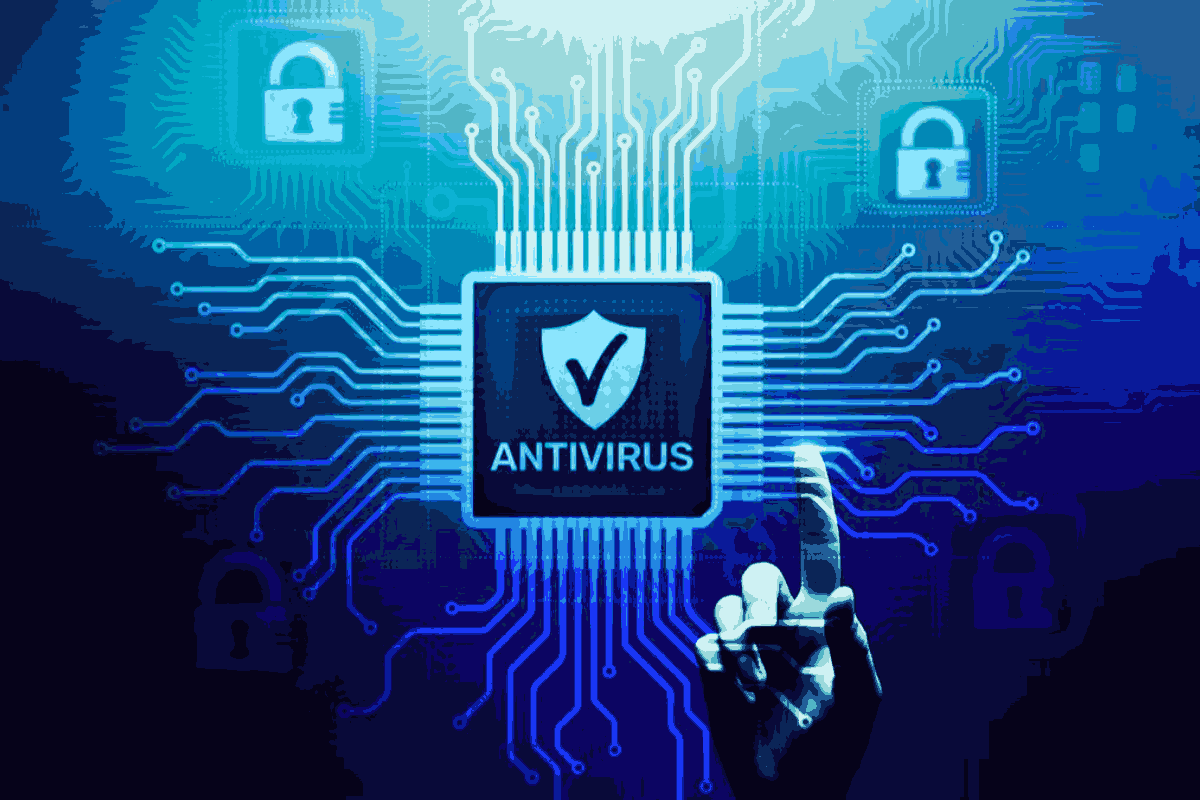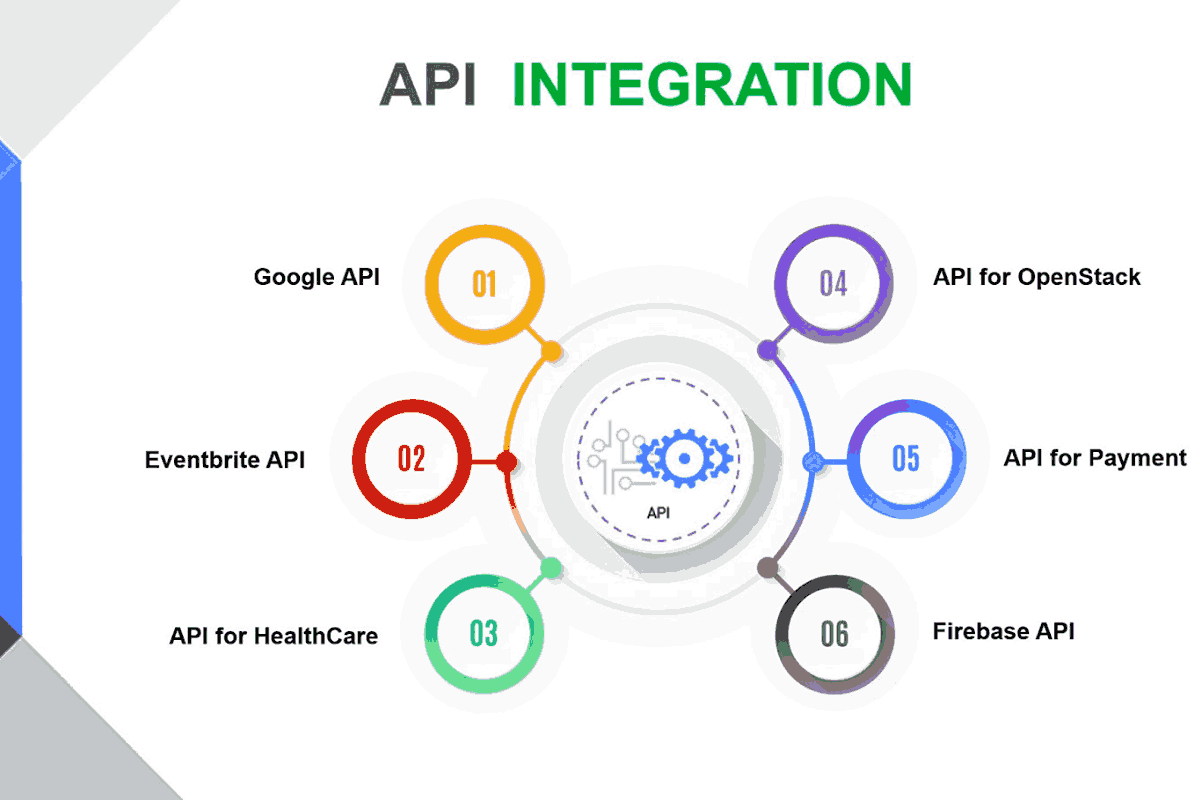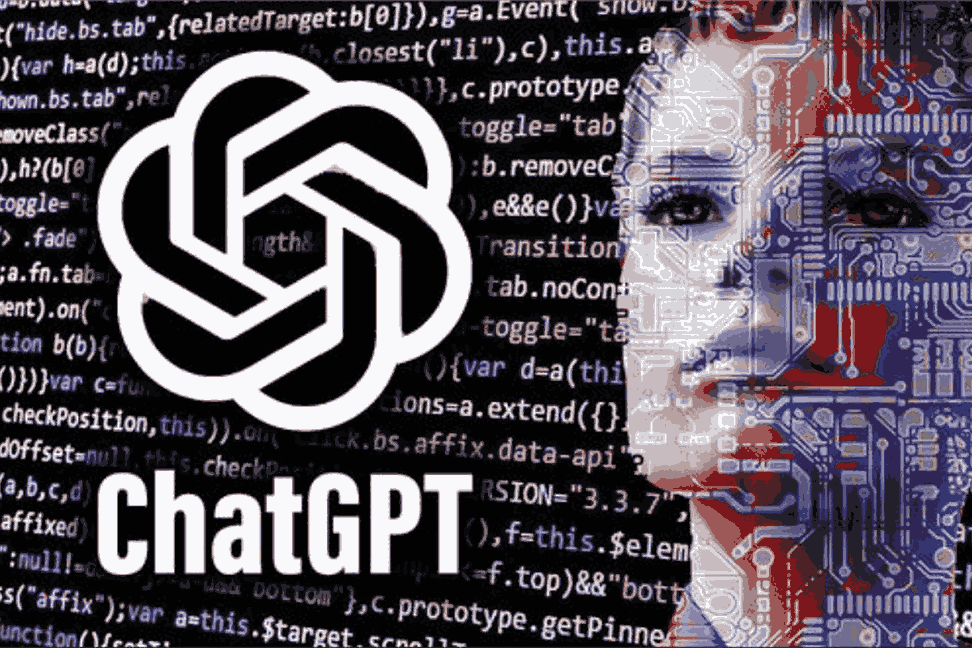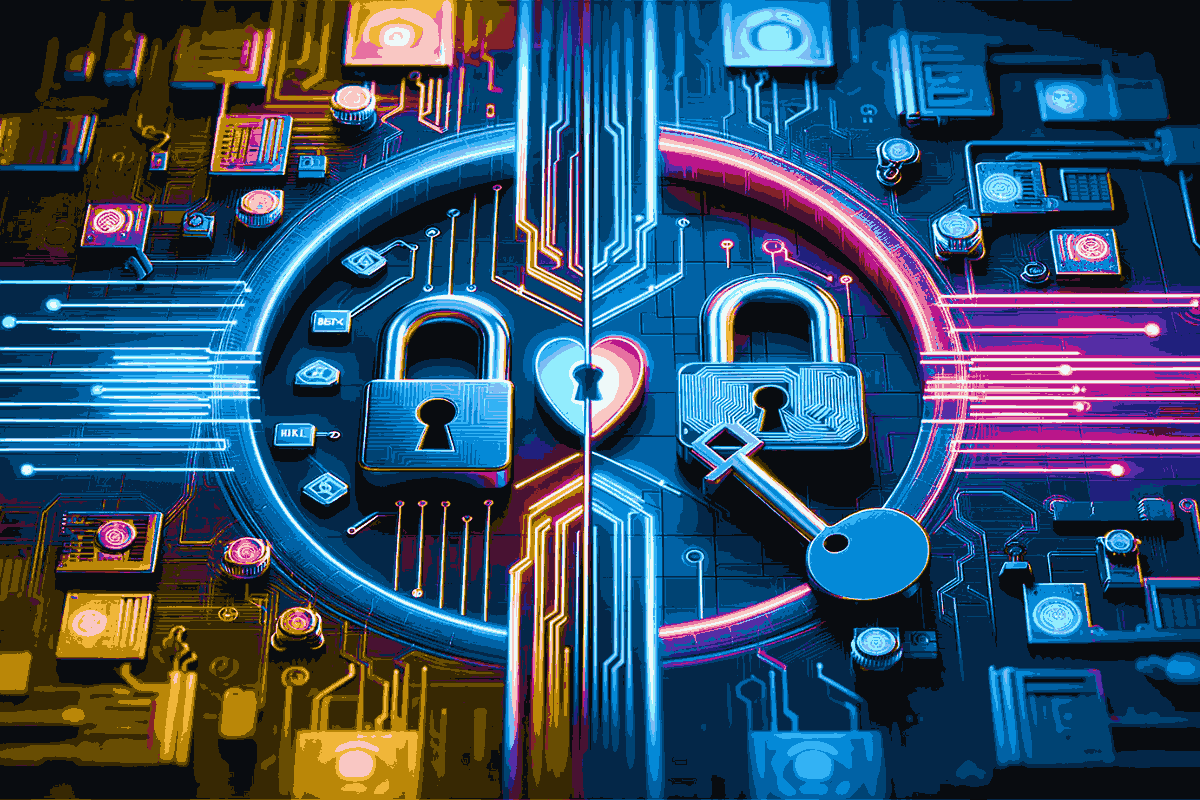
A cyber attack is an effort to disrupt computer systems, steal information, or utilise a compromised network to launch further assaults. Cybercriminals may use a variety of attack vectors, such as malware, phishing, ransomware, a man-in-the-middle assault, or another technique.
Malware is a specific kind of cyberattack.
Malicious software, or malware, includes spyware, ransomware, viruses, and worms. Malware infiltrates a system via a weak point, most often when a user opens a malicious link or downloads an infected file through email.
Phishing
The term "phishing" refers to a kind of email fraud in which a recipient is duped into giving up personal information by the message's legitimate-looking sender. The intention is to get access to private information like passwords and credit card numbers, or to instal malicious software on the victim's computer. These days, phishing emails are only one of several cyberthreats people have to deal with.
Attack with a "Man in the Middle"
If an attacker inserts themself between two parties during a transaction, they may eavesdrop on the conversation. This kind of attack is known as a man-in-the-middle (MitM) attack. The attackers may then filter and grab information once they have interrupted the flow.
Two typical entrance points for MitM attacks:
When using unsecured public Wi-Fi, malicious actors might potentially compromise a user's connection by interposing their own device. The unsuspecting guest unknowingly provides the attacker with all of his or her personal data.
If malware infiltrates a system, the hacker may then instal data-processing software to sift through everything the victim has stored.
Abuse of the denial-of-service technique
A denial-of-service attack is one that floods a system, server, or network with so much data that it crashes or uses up all of its available bandwidth. This prevents the system from responding to genuine queries. The attacks are launched through a network of hacked devices. A DDoS assault is a kind of cyberattack in which many targets are simultaneously overwhelmed.
SQL Injection statements
An SQL injection occurs when an attacker inserts malicious code into a server that utilises SQL, tricking the server into disclosing data it usually would not. An attacker might perform a SQL injection by entering malicious code into a search field on a compromised website.
Security hole that has no known solution
Once a network flaw is discovered, a patch or remedy is disclosed, but a zero-day exploit occurs before the flaw is fixed. During this period, attackers try to exploit the newly discovered flaw. Constant vigilance is required for the discovery of threats posed by zero-day vulnerabilities.
Tunneling in the Domain Name System
With DNS tunnelling, non-DNS traffic is routed over port 53 using the DNS protocol. Protocols other than HTTP are routed via DNS. DNS tunnelling may be used for a number of valid purposes. However, there are also criminal uses for VPN services that use DNS tunnelling. They may mask sensitive information that would normally be sent over the internet by disguising it as routine DNS queries. DNS queries may be altered for malicious purposes, allowing data to be sent from a hacked system to the attacker's network. Furthermore, it may be utilised for C&C calls between the attacker's infrastructure and a compromised machine.
When may one encounter a Cyber Attack?
Some typical forms of cybercrime and forms of data breaches include the following:
Things like fraud and extortion that use stolen identities are on the rise.
Computer threats such as malware, phishing, spam, spoofing, spyware, trojans, and viruses
Laptops and cell phones have been stolen.
DDoS assaults, or distributed denial of service attacks, are a kind of DoS.
Lack of access
Stealing login credentials
Subterfuge in the system
Destruction of a website
Multiple browser vulnerabilities (both public and private)
Disparaging usage of instant messaging
Theft of, or access to, confidential information
So, what really occurs during a Cyber Attack?
A cyber attack occurs when hackers attempt to obtain unauthorised access to data kept on a computer or network. The goal may be financial gain, the destruction of a company's or individual's reputation, or the theft of sensitive information. Everyone from individuals to whole nations might be the target of a cyber assault.
Strategies for Preventing Cyber Attacks
If you own a small or medium-sized business (SMB) and are concerned about cyber assaults, you may use the seven tactics we outline below.
Multi-Factor Authentication MUST BE USED.
Multi-factor authentication is a powerful tool for preventing cyber assaults, and it should be enabled for any and all business applications that need internet access.
Only requiring workers to log in with a password is insufficient. Cybercriminals may get easy access to networks if employee credentials are obtained via a breach or phishing scheme.
When a multi-factor authentication method is enabled for logins, many pieces of information are needed from staff members instead of just one. There will be a greater emphasis on safety as a consequence. Any outsider attempting to access the systems will have a much tougher go of it.
Make Sure You Have Solid Internal Controls
Having strong internal controls is also vital for stopping cyber threats in a business. When an employee, contractor, or vendor leaves an organisation, the access controls put in place will guarantee that their privileges in the system are quickly revoked.
Protecting a system from cyber attacks requires tight control over user access. When an employee quits a company, they must be denied access for their own safety. Former workers, contractors, and other parties may be able to regain access to the organization's system in the future if their access is not immediately terminated.
Better security can be maintained and future issues avoided by keeping tabs on who has access to the company's network.
Supervise the Safety of Outside Parties
Management of cyber risk from third parties is also essential for preventing cyber attacks and security issues.
Knowing who is responsible for what in terms of third-party security is crucial. It is essential to be aware of the hazards and to provide heightened security if any suppliers or other parties need access to the organization's system.
There must be strict security rules in place, possible cyber threats must be identified, and the network must be monitored constantly.
TEACH Workers Inside The Company
One of the most significant factors to enhancing corporate security is educating employees.
When bringing new people into an organisation, it's important to educate them on cyber security. It's important to give employees with ongoing opportunities for professional development. To make sure that every employee knows how to protect themselves from any security breaches, it is recommended to provide training sessions once a year.
Every member of staff should be made aware of the dangers of phishing. Workers need to know what kinds of requests through email and other forms of written communication are deemed routine and what kinds are not.
This will lead to an improved level of safety while doing business.
BACK UP Critical Files
Important company data should be backed up on a regular basis. Maintaining a safe copy of all company data is crucial to its continued success. It's necessary to take this precaution in case your company ever experiences a catastrophic loss of data.
Maintaining consistent backups of critical data protects businesses against catastrophic data loss.
It is imperative that ALL systems be kept up to date.
An integral aspect of every company's security strategy is regular software and system updates. Data is safer while using the most recent software, and the organisation can weather any storm.
Constant upgrades are vital but might be annoying to some company owners. There will inevitably be new bugs and security flaws in commercial applications. Software updates are designed to repair any bugs and protect against any security risks.
Sometimes, the costs of installing new software and hardware might be rather high. But in most cases, the payoff is worthwhile.
Incorporate a Firewall and Antivirus Program
Lastly, anti-virus software is essential for preventing security flaws and cyber threats. Every workstation in the company should have antivirus software installed, and that software should be kept up-to-date at all times. Maintaining a firewall is essential.
Keywords:
- cyber attack
- computer systems
- steal information











Leave a comment